Interested in creating your tailor-made platform?
Our team is ready to assist you in developing a customized platform based on your needs.
Explore our tailored
solutions for the Cookieless
Ecosystem


Trusted by fast growing franchise brands






































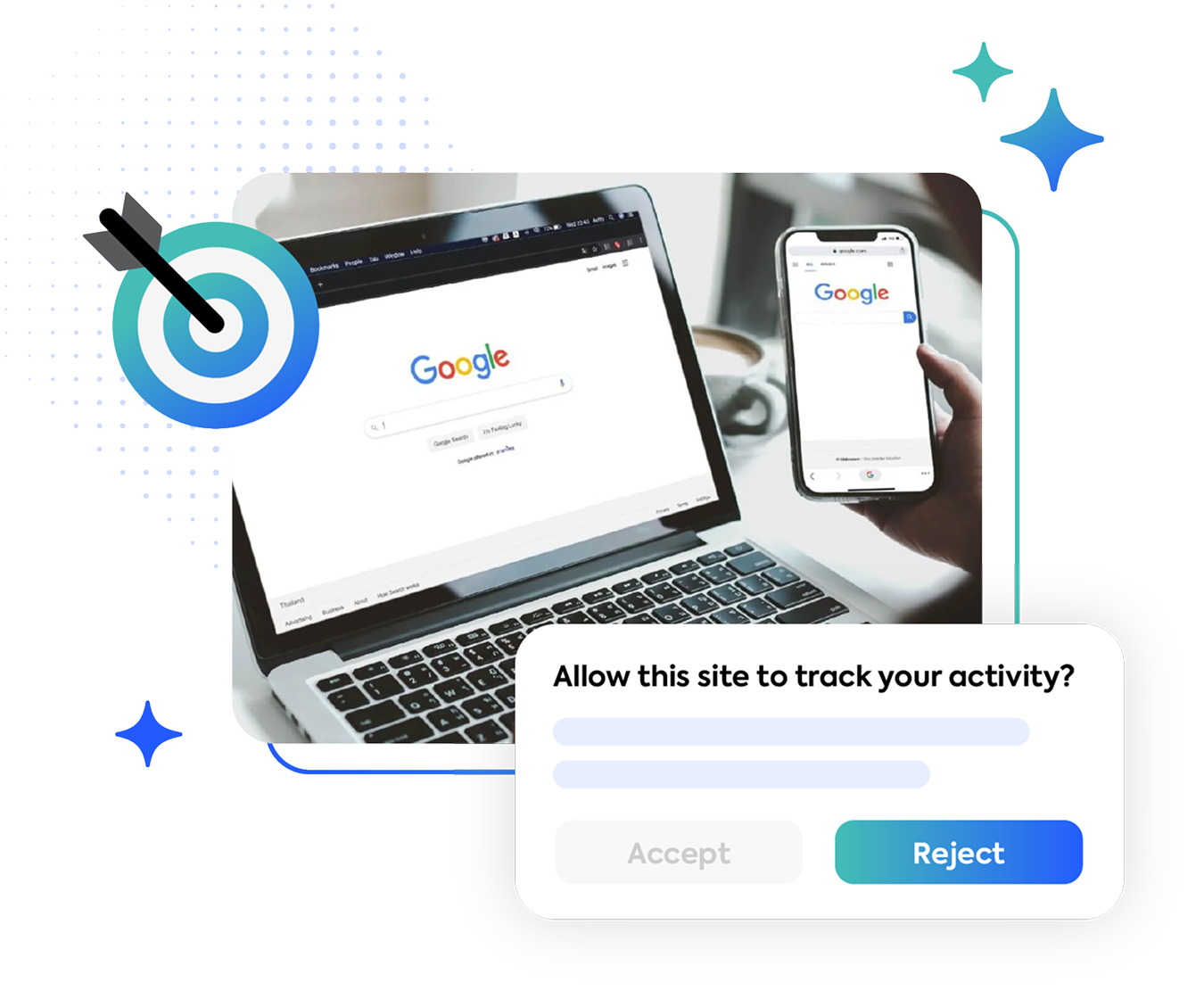
The adtech landscape is undergoing significant change. The end of the third-party cookie era, which began several years ago, is now taking shape, disrupting targeting strategies and advertising performance measurement.
From the introduction of Intelligent Tracking Prevention (ITP) in 2017 to the gradual rollout of the Privacy Sandbox by Google, market players are being forced to rethink their approaches to ensure the effectiveness of their campaigns while complying with new privacy requirements. In this context, we position ourselves as a transition facilitator towards a cookieless ecosystem.
With the end of third-party cookies, retargeting must evolve. EASIFY is based on a probabilistic approach, combining multiple signals to efficiently recognize and activate audiences while adhering to privacy and regulatory compliance requirements. This solution allows you to:
Dynamically personalized ads without relying on third-party cookies.
Leverage contextual and first-party signals to maximize campaign relevance.
Maintain reliable performance tracking, through advanced conversion modeling.
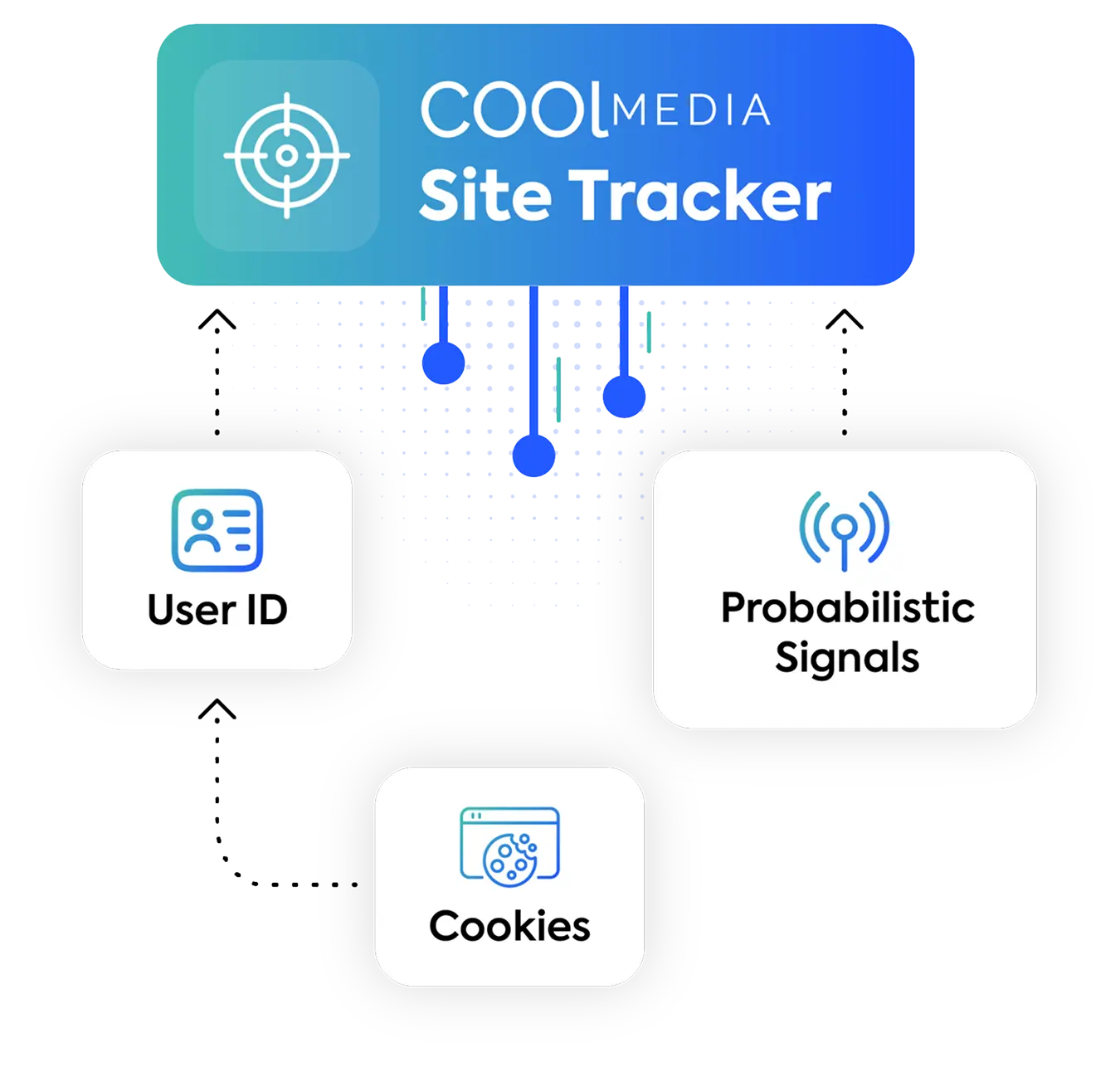
When a user visits a site, the COOL Media Site Tracker plays a central role in collecting and analyzing available information to feed EASIFY. It relies on two complementary data types:
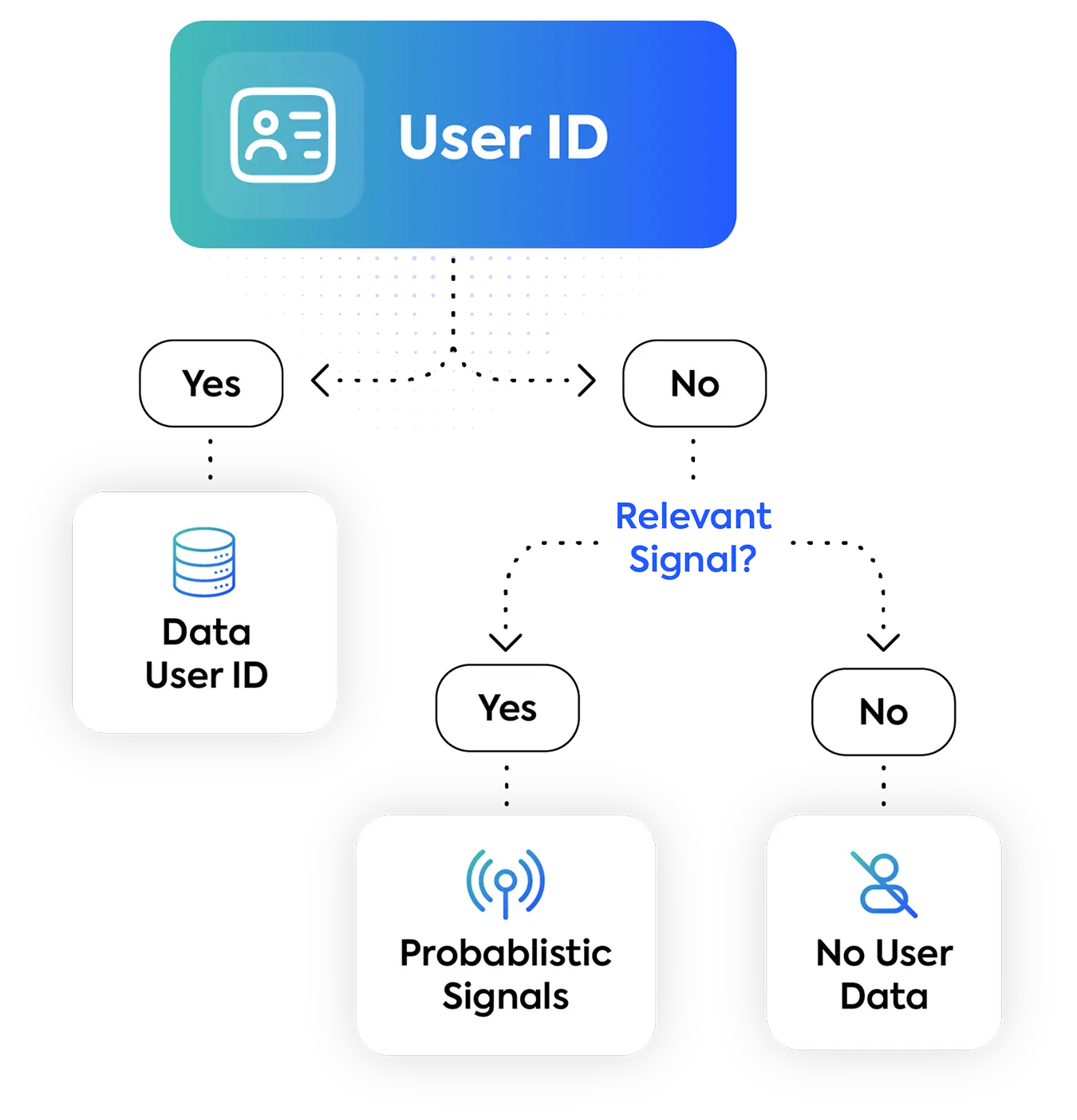
For each impression, EASIFY follows this logic:
Thanks to this mechanism, EASIFY ensures high-performance cookieless activation, providing advertisers with continuity in targeting and personalization even in a third-party cookie-free environment.
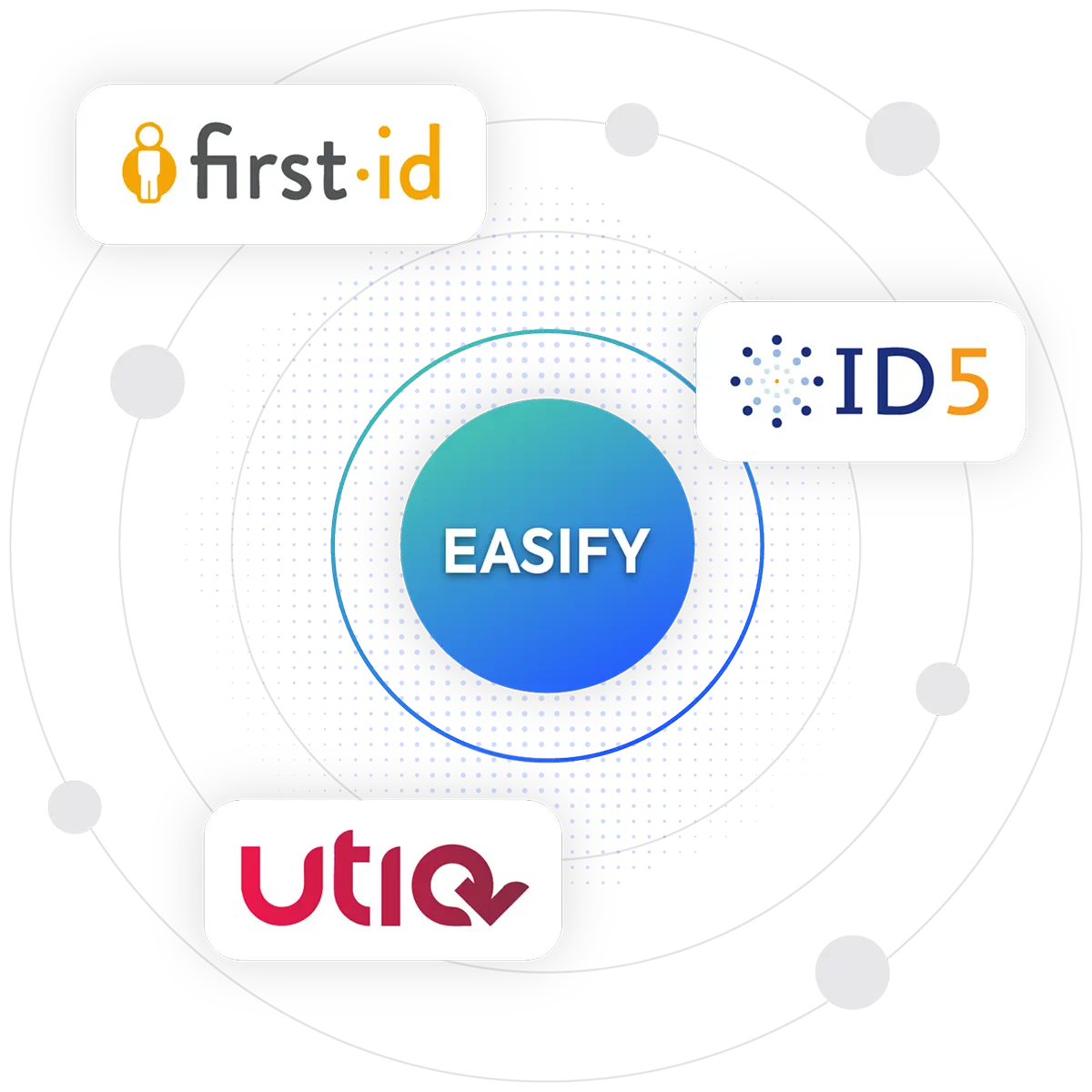
EASIFY is designed to be interoperable with all cookieless retargeting strategies and stakeholders:
Advertising performance tracking must evolve to ensure reliable and actionable measurement of campaigns. At COOL Media, we’ve developed a cookieless tracking approach based on two pillars:
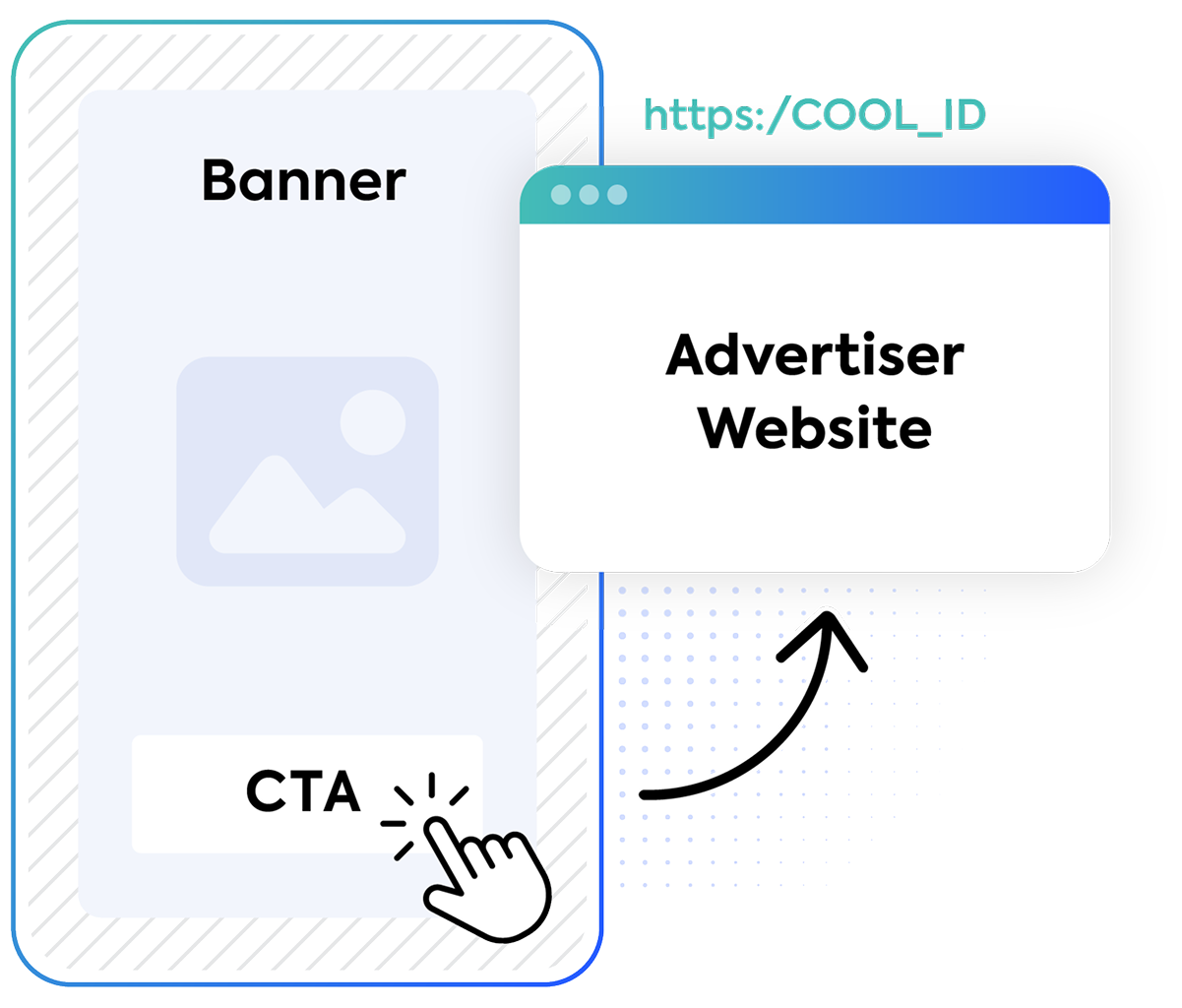
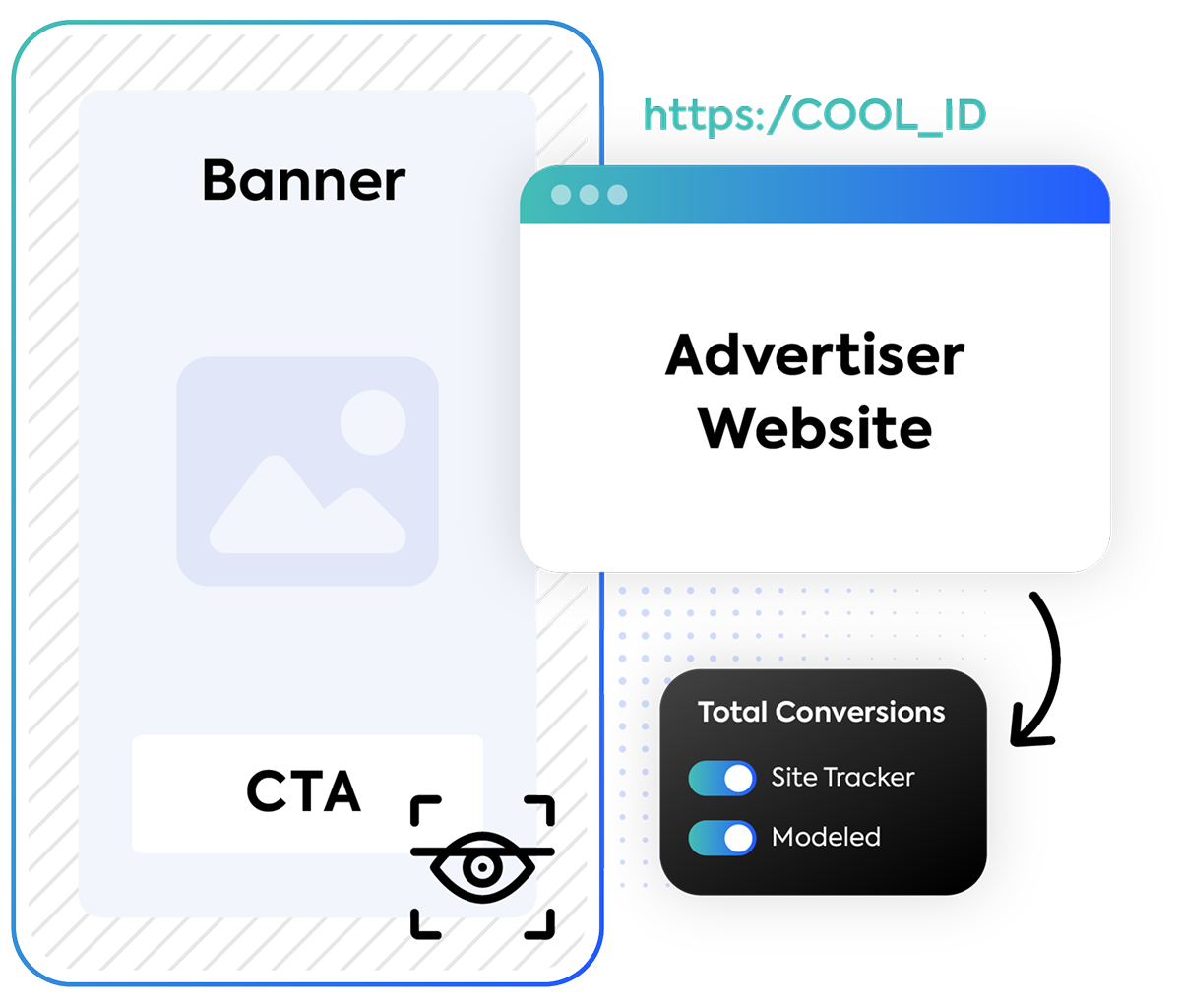


Post-click attribution remains fully intact thanks to the mandatory integration of our impression ID in the redirect. This mechanism ensures accurate identification of the ad source, even without third-party cookies.
Post-view conversion tracking relies on an advanced probabilistic model, allowing the analysis of advertising impact even when the user doesn’t click on the ad.
All pages viewed by the user, including conversion pages, are recorded through the analysis of contextual signals. Impressions are linked to conversion page visits via a probabilistic model. Modeled metrics estimate the contribution of impressions to conversions.
Our team is ready to assist you in developing a customized platform based on your needs.
